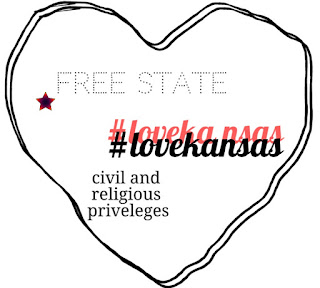Islamabad Revolutionaries Misunderstand the Right to Protest
- Get link
- X
- Other Apps
Islamabad Revolutionaries Misunderstand the Right to Protest in the United States
Sep 1 2014
 Citing the right to protest in the United States, the agitation leaders, Imran Khan and Tahir ul Qadri, after staging a sit-in in Islamabad for more than two weeks, decided on Saturday night to storm the Prime Minister House and the National Parliament. The police, para-military, and military troops have been stationed at all federal buildings to protect what the government calls the symbols of the state. The protesters equipped with cutters, rods, and slings, forcibly slashed the fence of Parliament and entered the grounds. The Police used teargas and rubber bullets to repel the crowd. Many protesters, including women and children, and the police were injured.
Citing the right to protest in the United States, the agitation leaders, Imran Khan and Tahir ul Qadri, after staging a sit-in in Islamabad for more than two weeks, decided on Saturday night to storm the Prime Minister House and the National Parliament. The police, para-military, and military troops have been stationed at all federal buildings to protect what the government calls the symbols of the state. The protesters equipped with cutters, rods, and slings, forcibly slashed the fence of Parliament and entered the grounds. The Police used teargas and rubber bullets to repel the crowd. Many protesters, including women and children, and the police were injured.
To protect the constitutional democratic order, Pakistan needs to pass a law to regulate the right to protest that forbids inciting a crowd to imminent violence, issuing threats to the life of lawmakers, or entering government buildings.
As discussed below, the agitators misunderstand the law of protest in the United States.
Brandenburg v. Ohio (1969)
In Brandenburg v. Ohio (1969), a seminal Free Speech case in the United States, a Ku Klux Klan group challenged its conviction for “advocating the duty, necessity, violence, and unlawful methods” for accomplishing political reform. The KKK group had announced: “"We are marching on Congress July the Fourth, four hundred thousand strong . . . We're not a revengent organization, but if our President, our Congress, our Supreme Court, continues to suppress the white, Caucasian race, it's possible that there might have to be some revengeance taken.”
Drawing a fundamental distinction between the right to protest and incitement to imminent violence, the U.S. Supreme Court ruled that mere advocacy of unlawful methods to bring about political change is sheltered but incitement to imminent violence has no protection under the Constitution.
On August 14, the independence day of Pakistan, the protest leaders started a “long march” from Lahore to Islamabad. Alleging that the general elections were rigged, the protest leaders demanded that the Prime Minister resign and the Parliament be dissolved. These demands are protected under the right to free speech and the right to petition. Seeking political reforms is the life and spirit of a constitutional democratic order.
On Saturday, however, the protest speeches crossed the line of legality and turned into unlawful incitement to imminent violence. Commenting on a live session in the Parliament, located a furlong or so away from the sit-ins, Qadri had already declared to his followers that “all the prey has gathered at one place,” implying assault and mayhem. He had also announced that the Prime Minister would be hanged. Khan had been a bit more restrained in his sit-in speeches. And yet on Saturday, Khan, following Qadri, ordered his crowd to advance toward the Prime Minister House. At this point, it was no secret that the crowd armed with cutters, rods, and slings would inevitably clash with the security forces guarding the federal buildings.
If Islamabad were in the United States, the protest leaders would be arrested for ordering an emotionally-charged crowd of thousands to storm government buildings and potentially fight with the security forces.
Federal Restricted Buildings Act (2011)
In 2011, Congress passed a law punishing “whoever knowingly enters or remains in any restricted building or grounds without lawful authority to do so.” This law specifically designates the White House and the Vice President’s official residence as restricted buildings. Even a building or grounds where the President or any other person protected by the Secret Service will be temporarily visiting is a restricted building and grounds protected under the Act. The law also applies to buildings and grounds where an event of national significance is to be held. Other laws protect the buildings where Congress is housed.
Furthermore, the 2011 Act punishes whoever knowingly, and with intent to disrupt the orderly conduct of Government business or official functions, engages in disorderly conduct or impedes ingress or egress to or from any restricted building or grounds.
The Islamabad sit-ins have disrupted the official functions of the government. The Pakistan Supreme Court Justices have complained that they cannot enter the building without taking detours. The members of the Parliament are facing the same difficulty to ingress and egress the Parliament. Two foreign heads of the states have cancelled their official visits to Pakistan.
Even without inflammatory speeches and incitement to violence, the Islamabad sit-ins would be unlawful under the Restricted Buildings and Grounds Act of 2011. Imran Khan has no basis to argue that what he is doing is permitted under the U.S. laws.
Khan's incitement to violence may have international consequences. It is likely that the U.S. would refuse him a visa to enter the United States. It is also possible that the U.S. would prohibit anyone in the United States from sending funds to Khan’s political party. Qadri’s case is no better.

Comments
Post a Comment